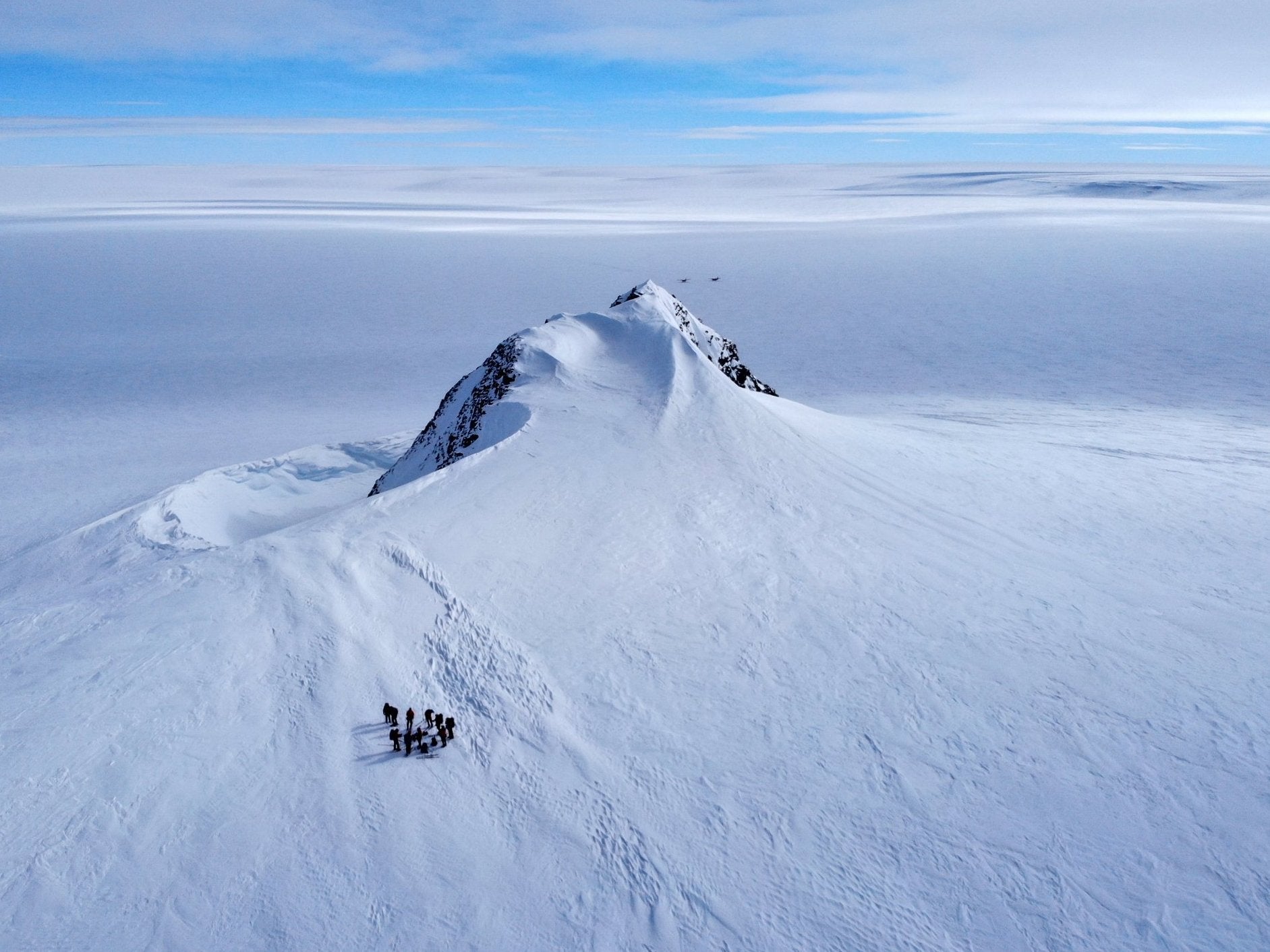How soldiers are helping Antarctic explorers embark on new adventures with more technology than ever before
Hauling equipment across thousands of kilometres of ice in subzero conditions is treacherous. Felipe Trueba meets the Chilean soldiers embarking on a different kind of expedition

Your support helps us to tell the story
From reproductive rights to climate change to Big Tech, The Independent is on the ground when the story is developing. Whether it's investigating the financials of Elon Musk's pro-Trump PAC or producing our latest documentary, 'The A Word', which shines a light on the American women fighting for reproductive rights, we know how important it is to parse out the facts from the messaging.
At such a critical moment in US history, we need reporters on the ground. Your donation allows us to keep sending journalists to speak to both sides of the story.
The Independent is trusted by Americans across the entire political spectrum. And unlike many other quality news outlets, we choose not to lock Americans out of our reporting and analysis with paywalls. We believe quality journalism should be available to everyone, paid for by those who can afford it.
Your support makes all the difference.In a new age of exploration in Antarctica, Chile’s armed forces are playing a vital role in making it possible for scientists to carry out their research on the world’s southernmost continent.
Antarctica is vast, almost twice the size of Australia, and only a select number of tourists, scientists and soldiers ever get to set foot on this continent, much of which lies under two kilometres (1.2 miles) of ice.
While it does not have any indigenous inhabitants, its population varies between 1,000 people in winter and 5,000 in summer. Most are researchers and station personnel spread across the 66 bases scattered along its coasts.
The golden days of Antarctic exploration of the past century saw the likes of Norway’s Roald Amundsen become the first man to venture to the South Pole and Briton Robert Falcon Scott lead the expedition that discovered the Polar Plateau. But the expeditions of today see teams of scientists and soldiers embark on new adventures on the white continent with more technology at their disposal than ever before.
The Chilean Antarctic Institute (INACH) coordinates scientific activities in the Chilean Antarctic Territory and relies heavily on the South American country’s military for their organisation.
Along with the three branches of the armed forces of Chile, INACH operates a polar station below the Ellsworth Mountains called the Union Glacier Camp.
The station opens at the beginning of austral summer and remains operational for a month. The latest expedition, which wrapped up in mid-December, saw a group of eight researchers venturing to the camp to work on four projects, along with 34 men and women from the three branches of the armed forces.
Chile’s armed forces, the army, navy and air force, played a key role in enabling the scientists to carry out their work, which involved participating in land and air field trips in order to collect data, looking for basic forms of life, as well as taking samples of snow, ice and sediment.
Navy personnel took care of the camp logistics, administering the food supply and controlling the cargo that came in or had to be sent back to the southern Chilean city of Punta Arenas. They sent the two cooks who fed the expedition members and two medics.
The air force organised transport to the remote camp, located just over 1,000 kilometres from the South Pole. Two Lockheed C-130 Hercules planes flew cargo and personnel across a six-hour-long flight path that covers a 3,000km distance.
Army soldiers meanwhile coordinated all the scientific activities with the scientists on the ground. The army’s ground crew was made up of a team of six explorers who assisted the academics with their tasks, becoming their shadows as they guided them on the cold terrain, helping them to take samples and ensuring their safety.
The explorers also carried out reconnaissance trips to the sites that the researchers would be visiting, to make sure routes were safe and monitor the weather conditions.
As with all expeditions, all personnel had to follow strict protocol in order to keep the environmental impact to a minimum, according to INACH.
This meant leaving no waste behind and planning and carrying out all activities in such a way that limited adverse effects on Antarctica’s environment and ecosystem.
Back at the camp after all their duties were done for the day, members of the armed forces and the scientists would kick back and relax, some playing football in the evening under a never-setting sun.
EPA
Join our commenting forum
Join thought-provoking conversations, follow other Independent readers and see their replies
Comments